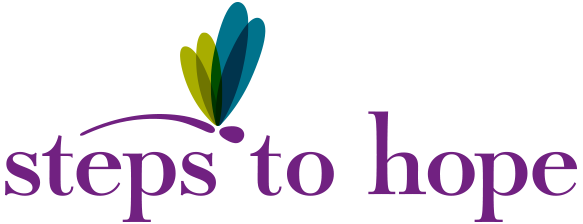
STEP 7
Craft a Compelling Key Message
If your organization is like most nonprofits, you are continually reaching out to stakeholders to:
Educate
Change minds
Move people to action
Recruit for an event
Ask for financial support
This is why you need to define your organization’s key messages — a set of concise statements about your mission presented in a specific style your target audiences can connect with on three levels:
emotional
tactical
intellectual
Key messages are the main points you need your stakeholders to hear, understand and remember about your organization. They create meaning behind the work you do, the issues you want to discuss and the actions you want people to take as you work to advance your mission.
Effective key messages are:
Concise. We’re talking 1-2 sentences with a maximum of three commas
Compelling. Your audience should want to learn more after reading your message
Relevant. This is need-to-know information and not the place to try to stuff everything you want to say
Focused on value
How to Craft a Compelling Key Message
Messaging development is part art and part science. Every communicator will handle it a bit differently, and ultimately, there is no wrong way to develop your key messages, as long as they center the people you serve. That said, here are several effective best practices:
Begin with an organization assessment where you take a look at a wide range recent communication pieces your nonprofit has put out, from annual reports to social media posts. This could also include listening to recent speeches or media engagements where your CEO and others have spoken about your organization. An organization assessment will often reveal areas where you already have effective messages to work with, as well as many areas of inconsistency and opportunities for improvement.
Conduct an ecosystem assessment where you take a look at the communications and messaging of several other comparator organizations doing work similar to yours. Where is your existing messaging similar to or different from theirs? Where are their opportunities to learn from, and/or differentiate from them as you develop your new messaging?
Conduct stakeholder research, such as a survey or focus groups, to determine how your stakeholders currently articulate things like what your organization does and why. Look for opportunities to meet them where they are, as well as opportunities to clarify confusion. Stakeholder research should also be part of your process for developing stakeholder profiles, which can inform key messages segmented by stakeholder.
Bring together a diverse group of nonprofit stakeholders for a messaging workshop. You’ll want this group to include staff, board members, donors, volunteers, and most importantly, the people you serve. Ask them questions to directly inform your messaging (ex: how would you describe what we do or the challenges we exist to address?) Then, synthesize their responses into your master key messages, and put those messages back in front of them for reactions.
Recognize that your organization’s key messages will need to evolve. While it’s important to get them right, especially in the eyes of your program participants, the ever-changing nature of nonprofit work means your nonprofit’s messages will need to continue to evolve as well. Once you’ve solidified them, train your staff, board and other communicators in how to use them, but allow them flexibility and the opportunity to personalize the way they talk about your organization based on their own experiences.
Here are five examples of key messages from small brands:
“Our handcrafted soaps are made with all-natural ingredients and are gentle on even the most sensitive skin.”
This message conveys the brand’s commitment to using high-quality, natural ingredients, and highlights the product’s gentle and effective formula.
It can be used and adapted for beauty products, general cosmetics or even consumer healthcare
“Our locally-sourced, organic coffee beans are roasted to perfection, delivering a rich and full-bodied flavour that will awaken your senses.”
This message emphasizes the brand’s commitment to sourcing its coffee beans locally and organically and highlights the product’s delicious taste.
F&B brands can use something similar
“Our sustainably-made clothing is designed to last a lifetime, using only the finest materials and construction techniques.”
This message conveys the brand’s commitment to sustainability and quality and highlights the durability of its clothing.
For sustainable and eco-friendly brands, this might be a useful start
“Our gourmet chocolate is made using the finest cocoa beans from small, family-owned farms in South America, and is handcrafted in small batches to ensure the highest quality.”
This message emphasizes the brand’s commitment to sourcing its cocoa beans from small, family-owned farms, and highlights the care and attention that goes into making its chocolate.
High-end or limited-quantity product brands might find this useful
“Our small-batch, artisanal gin is distilled using only the freshest, locally-sourced ingredients, and is carefully crafted to deliver a unique and complex flavour profile.”
This message emphasizes the brand’s commitment to using fresh, local ingredients, and highlights the unique flavour of its gin.
Alcohol brands or anything in a similar space could use this










